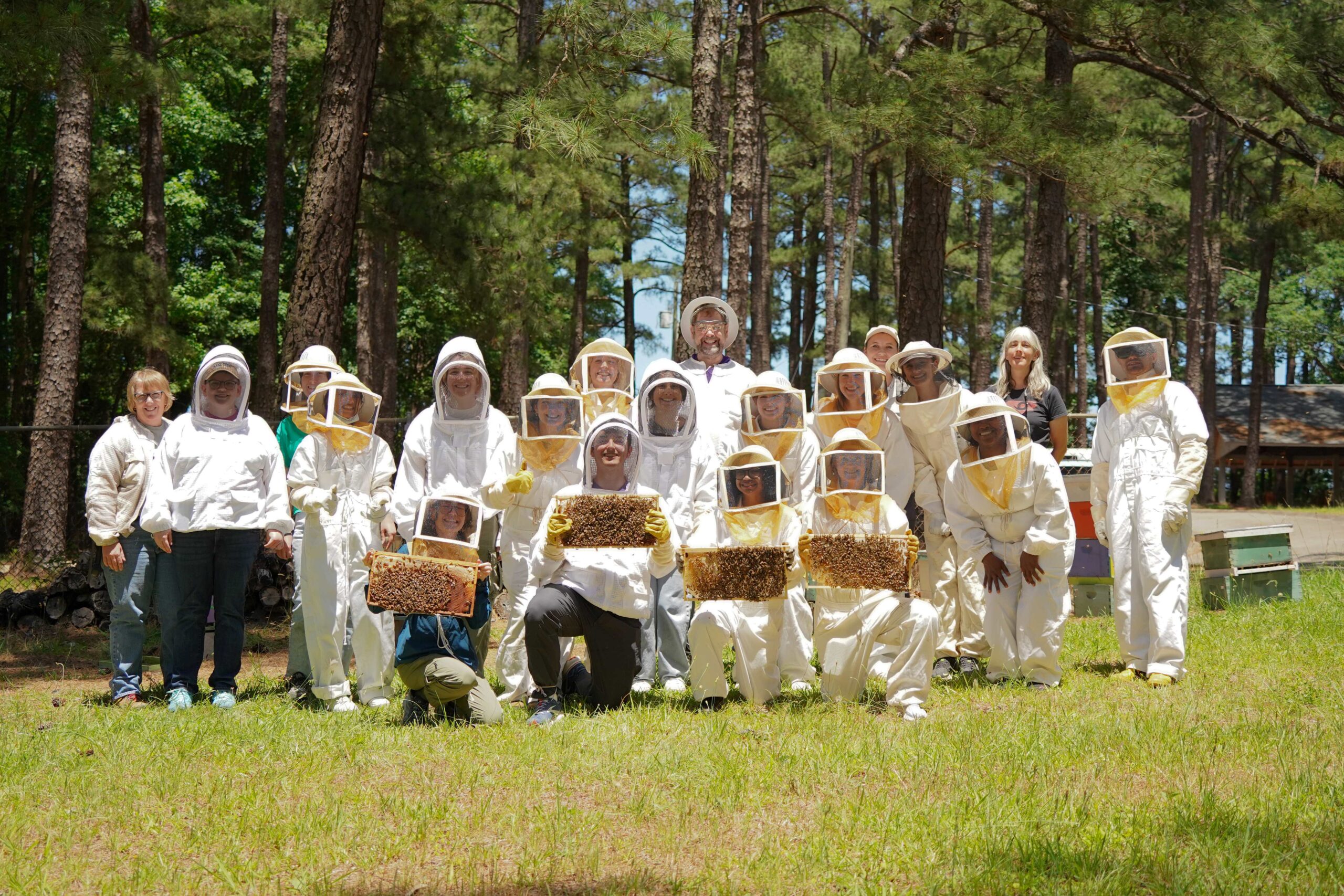A Snakey Situation
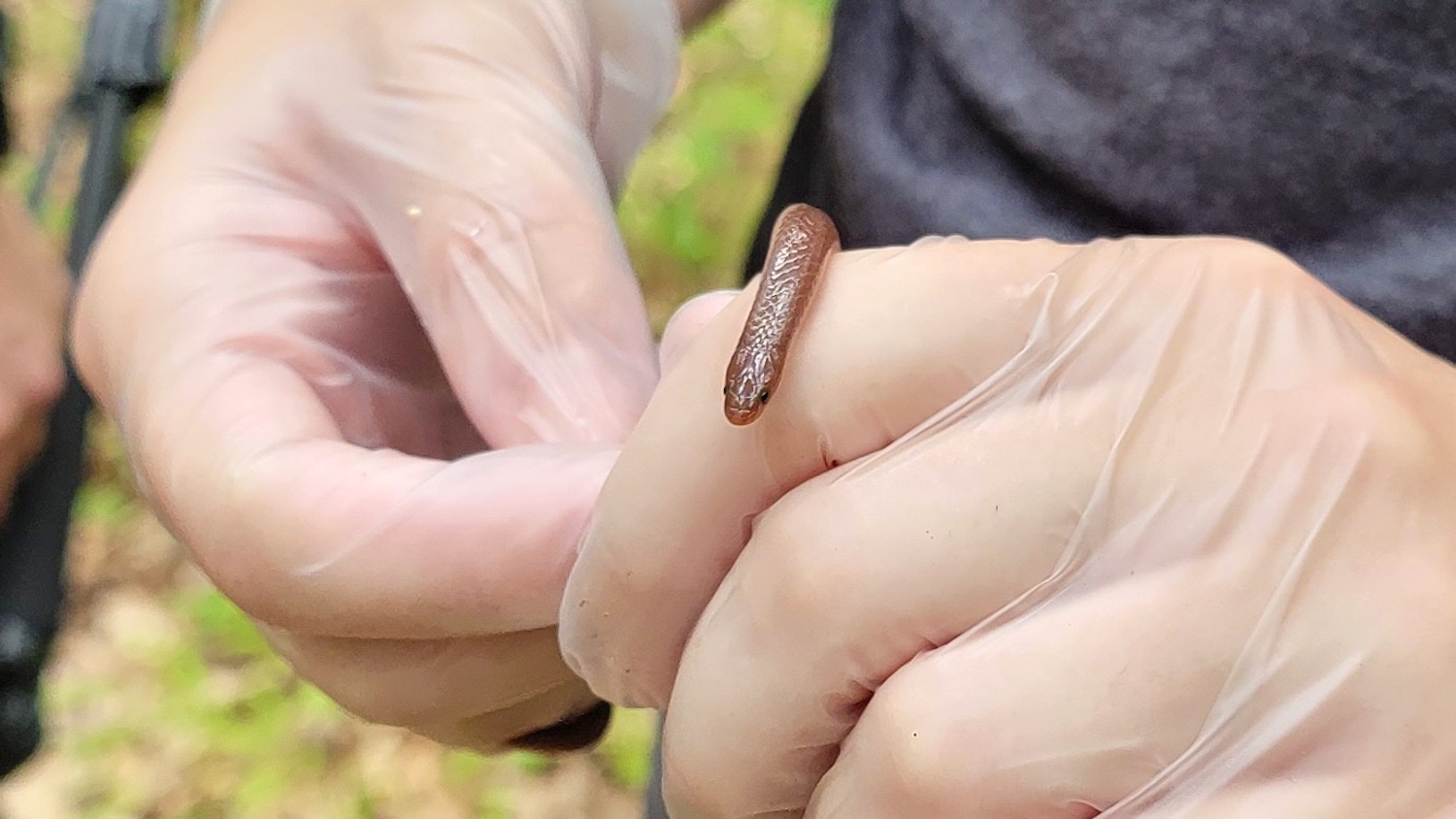
The following was written by Morgan Chavis, a sophomore at NC A&T and science communication intern hosted by the National and Southeast Climate Adaptation Science Centers here in Applied Ecology. Morgan’s summer internship was facilitated by the Science Communicators of North Carolina.
It’s not an over-exaggeration to say that we know almost nothing about snake parasites and how common they are in ecosystems. This is a problem because the less we know about parasites, the less we know about their effect on food webs and their potential to spread disease.
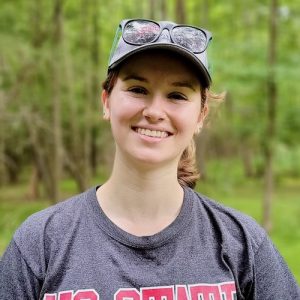
If you had told me two months ago that I would have willingly gone into a forest to look for snakes, I would have laughed in your face. And yet, for the past two months, I have been in the field with Alex Nelson and her team to do just that while working on foundational descriptions of parasites in snake populations in North Carolina.
While on a path to conducting her own research and discovery, Alex Nelson – a Ph.D. student and Global Change Fellow, dove into a new world of parasites. Along Alex’s side is Emily Oven – a biology M.Sc. student – who recently teamed up with Alex to cover more ground. They both gather information on new funguses and parasites, where they are in North Carolina, and how they can impact a snake’s environment.
Emily’s main focus is finding snakes and swab them to check for any signs of a new fungal pathogen called Ophidiomyces. This fungus can cause them to develop a mild illness. Alex’s main focus is identifying internal parasites and to try and prevent any potential bad snake health in the future or use these internal parasites to see how parasites can affect an entire ecosystem. Alex also wants to see if parasites can serve as passive indicators of snake presence. If other animals have the same parasites, that may inform Alex that snakes were present within the area – like a natural tracking device.
“Snakes are extremely hard to find in their natural environment,” says Alex. “So, it’s important that we create alternative tools to help us monitor their health.”
In June, Alex, Emily, and I traveled to Eno State River Park with their team. After searching under logs, the team uncovered a few small worm snakes that were completely hidden from the sun and in a dark cool area. Emily swabbed for any signs of fungus, while Alex looked for signs of parasites under the log where the snakes were found.
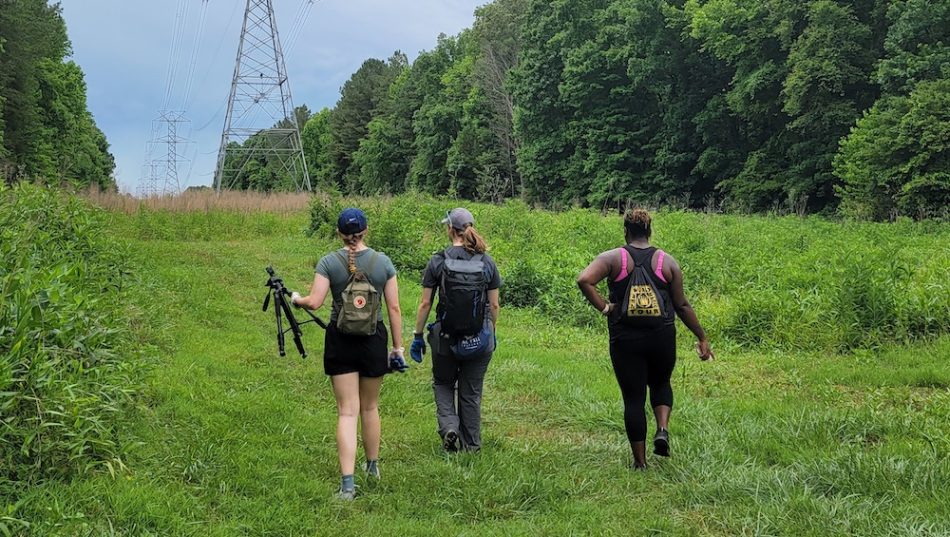
It was an unusually hot day, so we had a hard time finding the snakes and climate change could be a factor. As humans, we definitely understand the importance of staying cool, however for wild animals staying cool is not a luxury. Being that snakes are cold-blooded, not being able to control their internal temperature forces them to seek out cooler, more hidden areas. This was a minor setback that rerouted Alex to approach her research in a different way and to look for snakes during cooler times of the day.
Alex frequently works in a lab to dissect snakes and see what parasites are inside them. So I joined Nelson for a dissection of a snake from Richmond County. The snake was a frozen, 15.5in long adult male. Inside, Alex found a roundworm, a mite, some eggs, and a cyst. She removed all parasites from the snake, placing them flat on a glass slide and viewed them from up under the microscope to take a deeper look.
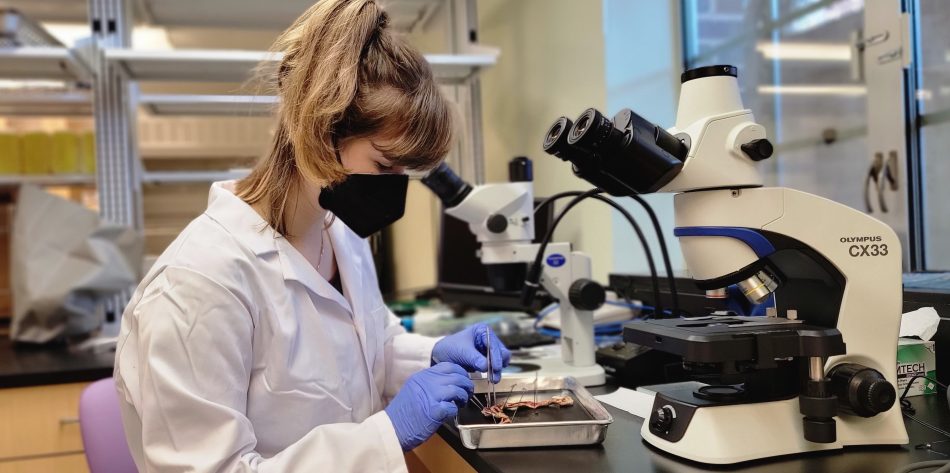
Alex will continue to test hypotheses and answer new questions that could be beneficial to her research, like are parasites drawn to certain snakes or are all snakes able to contract this parasite?
Through this experience, I discovered how a snake can be an entire ecosystem. So, the next time I encounter a snake, I will keep in mind how many parasites are actually inside. I will think about how important snakes are to ecosystems and how much they can tell us about climate change in our world.
- Categories:
